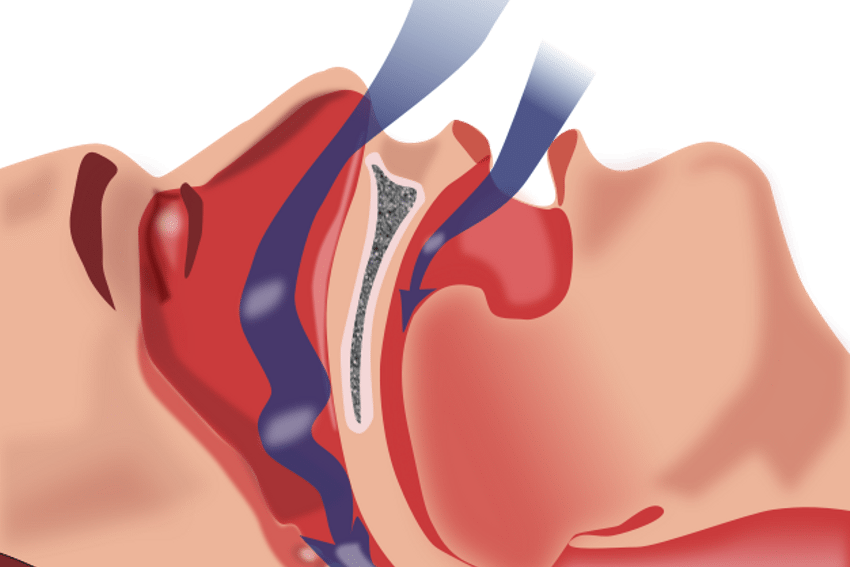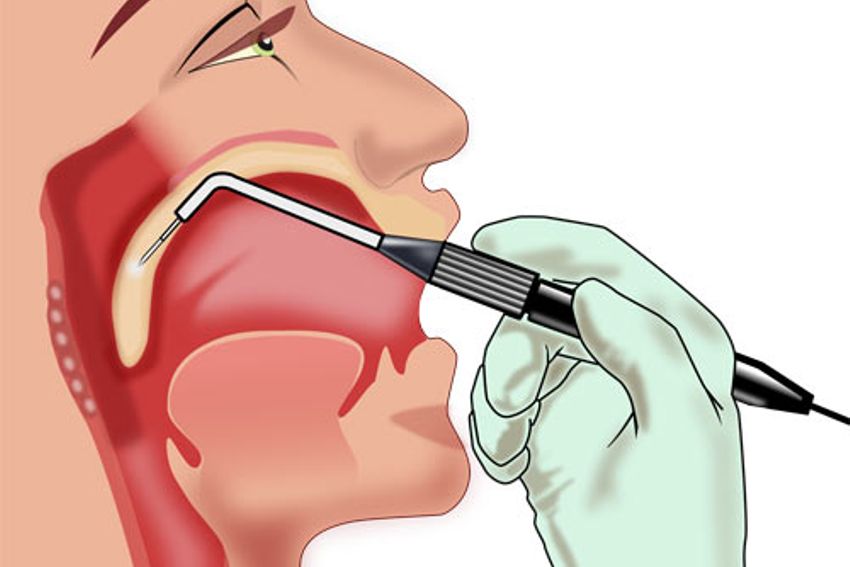Surgical Treatment for Snoring and Sleep Apnea
The goal of most surgeries for breathing problems is to widen the airway. This is done by taking out or shrinking excess tissue where the mouth meets the throat. Nasal and jaw surgery can help correct nose or jaw problems that contribute to snoring and apnea. This sheet describes procedures that may be recommended for you.
UPPP (Uvulopalatopharyngoplasty)
This is the most common surgical procedure for sleep apnea. It trims the soft palate and uvula, and removes the tonsils and other tissue. It is major surgery done in a hospital. Most people go home within 24 hours.
Risks and complications of UPPP.
Complications are uncommon with this procedure, but can include:
- Bleeding
- Throat pain
- Scarring
- Nasal-sounding speech
- False feeling that something is in throat
- Liquids sometimes going into nose when swallowing
LAUP (Laser-Assisted Uvulopalatoplasty)
This procedure helps relieve snoring. The doctor uses radio waves to reduce the size of the turbinates or uvula, nearby tissue, and sometimes the back of the tongue.
Risks and complications of RFA.
- Mouth ulcer
- Nerve pain
- Swelling in airway
- Pocket of pus (abscess) on tongue


Nasal surgery.
Problems in the nose can make snoring or sleep apnea worse. They can also make CPAP (a common treatment for snoring and sleep apnea) harder to use. If blockages in your nose are severe, surgery can improve the airflow. It can reduce the size of the turbinates, straighten a deviated septum, and remove any polyps (overgrowths of sinus lining).
Risks and complications of nasal surgery.
- Bruising
- Bleeding
- Damage to or perforation of septum
- Dryness in nose
Jaw surgery
In some cases, the jaw does not heal in the desired position. The doctor can tell you more about this. Other possible complications include:
- Loss of teeth or need for orthodontic treatment to realign teeth.
- Loss of feeling in jaw or teeth.
- Change in facial appearance.
